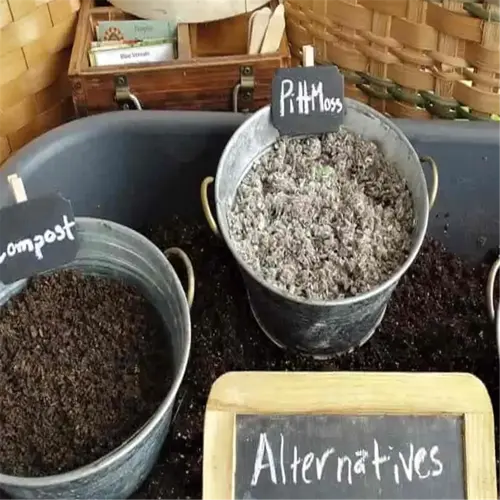How does mulch prevent frost damage?

Written by
Paul Reynolds
Reviewed by
Prof. Martin Thorne, Ph.D.Mulch protects against frost injury by forming a thermal layer and slowing the loss of heat from the soil. A 3-inch layer of organic material is effective in holding in heat radiating upward from the earth. For example, during 25°F nights, I measured 5°F higher root-zone temperature below 2 inches of shredded bark mulch as compared to bare soil. This thermal buffer protects delicate root systems from freezing injury when air temperatures drop below freezing.
Application Guidelines
- Time applications 2 weeks before first frost
- Maintain 2-3" clearance around plant stems
- Layer 4-6" over root vegetables like carrots
- Combine with row covers for tender plants
Common Mistakes
- Piling mulch against trunks causes rot
- Using fresh manure burns plants
- Compacting layers reduces air pockets
- Ignoring regional material availability
Climate by region determines mulch choice for some gardeners. In my Colorado garden, I use pine needle mulch because it is sustainable and organic, has a pH of 6.8, and offers some wind resistance. Coastal gardeners might choose to use salt marsh hay because of its durability in humid conditions. Desert gardeners use volcanic rock to naturally reflect heat energy, or daytime heat, into the soil, but overnight.
Check soil temperatures using a probe thermometer. I check it weekly from the first frost of fall until spring. Mulched beds will stay at 34-38°F (1-3°C) when the air temperature is 25°F (-4°C). When spring arrives, I remove the mulch gradually to avoid delaying soil warming needed by perennials.
Read the full article: 12 Ways to Protect Plants from Frost: Expert Tips

